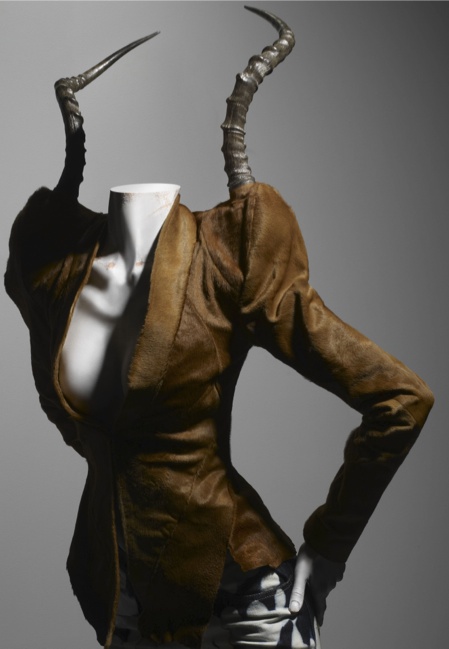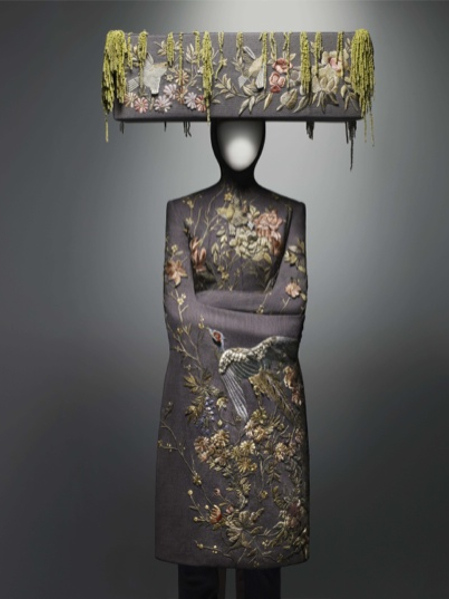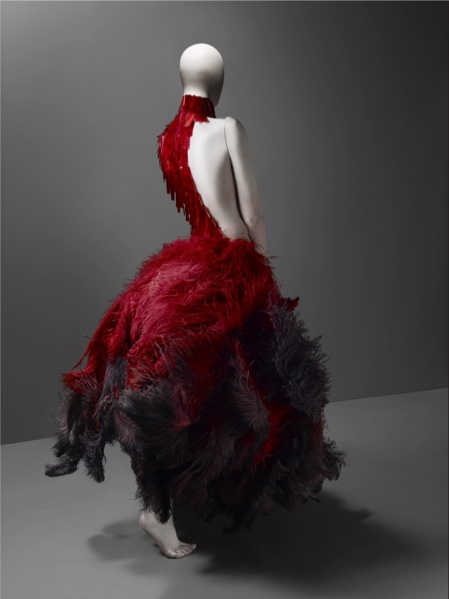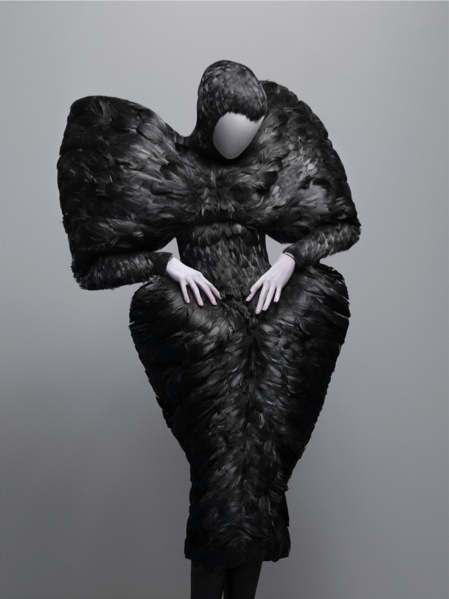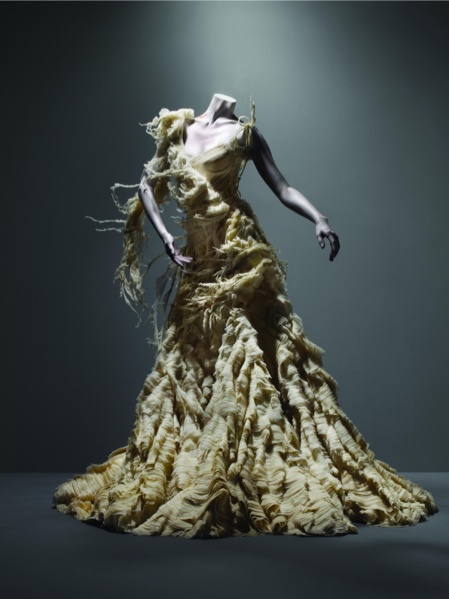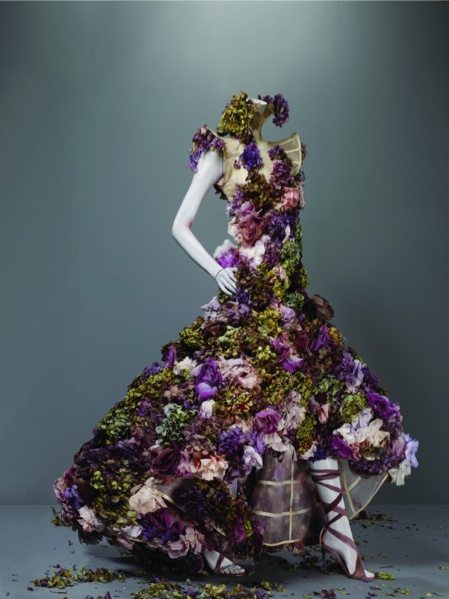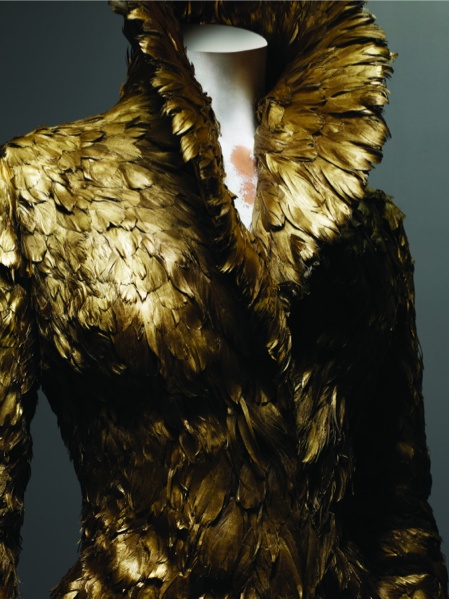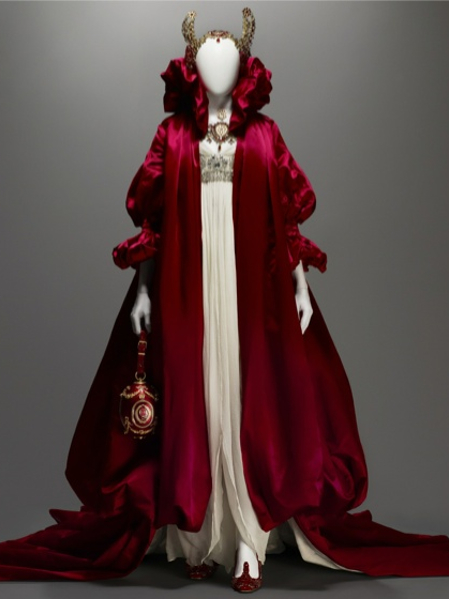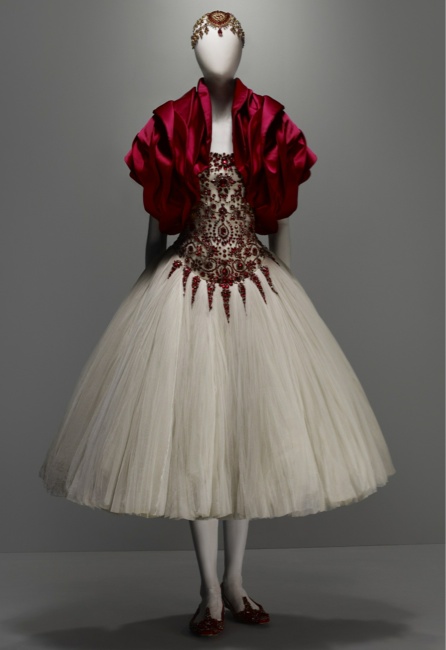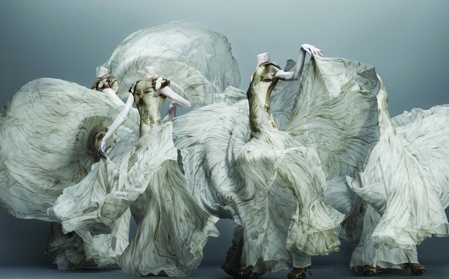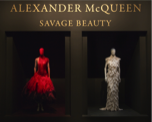
ALEXANDER McQUEEN’S MENAGERIE OF AGONY AND ECSTASY
ISBN presents an exclusive look at the designer’s work from an exhibition at the New York Metropolitan Museum of Art’s Costume Institute
ISBN presents an exclusive look at the designer’s work from an exhibition at the New York Metropolitan Museum of Art’s Costume Institute
Four-time British designer of the Year Alexander McQueen [1969-2010] was one of fashion’s leading forces and the pioneering spirit of early 21st-century couture when he unexpectedly took his own life in February 2010 at the age of 40. In his absence appreciation for his work has grown fonder and fiercer and the exhibition currently running at the New York Metropolitan Museum of Art’s Costume Institute (extended into August) is testament to how groundbreaking, outlandish, other worldly and daring that legacy.
Magnificent yet macabre, fragile yet ferociously creative, McQueen coutured at the intersections of imaginative and aesthetic possibility, his collections a kaleidoscopic carousel of arrivals and departures in aesthetic worlds that were primitive one collection, biotech chic the next, fetishistic then fantastical, as brutal as they were Byronic, and beautiful as they were savage, hence Savage Beauty, the exhibition title. McQueen’s work was always provocative, often paradoxical, parasitic and paradisiacal in the same outfit. Whether rocking fashionistas or complete non-believers, his runway presentations had the theatricality of performance art and his clothes had the ability to fascinate and repel, to draw and to quarter with their couture-full comingling of agony and ecstasy. “His fashions were an outlet for his emotions, an expression of the deepest, often darkest aspects of his imagination,” says Andrew Bolton, curator at the Costume Institute. “He was a true romantic in the Byronic sense of the word – he channeled the sublime.”
And the afterlife or altered life state; Karl Lagerfeld found his work “dehumanising” and detractors felt McQueen deflowered femininity as often as he celebrated it. Robots on catwalks, models as rape victims, as objects contorted or destructed and reassembled to become Silurian sea creatures, as much Centaurides and cyborgs as catwalk models. Unrecognisable in conventional animate and inanimate states, McQueen’s aesthetic seemed often to be driving at half-heavenly, half-crippling cryptid couture, beyond the language and aesthetics of human experience.
The exhibition features 100 ensembles and 70 accessories from McQueen's prolific 19-year career. The signature designs include the bumster trouser, the kimono jacket, and the three-point "origami" frock coat. McQueen's fashions often referenced the exaggerated silhouettes of the 1860s, 1880s, 1890s, and 1950s, but his technical ingenuity always imbued his designs with an innovative sensibility that kept him at the forefront. Just how far is all too evident looking at these artworks. The lonely ivory tower McQueen inhabited spills out erumpent into every one of his astonishing and attention-grabbing creations.
Magnificent yet macabre, fragile yet ferociously creative, McQueen coutured at the intersections of imaginative and aesthetic possibility, his collections a kaleidoscopic carousel of arrivals and departures in aesthetic worlds that were primitive one collection, biotech chic the next, fetishistic then fantastical, as brutal as they were Byronic, and beautiful as they were savage, hence Savage Beauty, the exhibition title. McQueen’s work was always provocative, often paradoxical, parasitic and paradisiacal in the same outfit. Whether rocking fashionistas or complete non-believers, his runway presentations had the theatricality of performance art and his clothes had the ability to fascinate and repel, to draw and to quarter with their couture-full comingling of agony and ecstasy. “His fashions were an outlet for his emotions, an expression of the deepest, often darkest aspects of his imagination,” says Andrew Bolton, curator at the Costume Institute. “He was a true romantic in the Byronic sense of the word – he channeled the sublime.”
And the afterlife or altered life state; Karl Lagerfeld found his work “dehumanising” and detractors felt McQueen deflowered femininity as often as he celebrated it. Robots on catwalks, models as rape victims, as objects contorted or destructed and reassembled to become Silurian sea creatures, as much Centaurides and cyborgs as catwalk models. Unrecognisable in conventional animate and inanimate states, McQueen’s aesthetic seemed often to be driving at half-heavenly, half-crippling cryptid couture, beyond the language and aesthetics of human experience.
The exhibition features 100 ensembles and 70 accessories from McQueen's prolific 19-year career. The signature designs include the bumster trouser, the kimono jacket, and the three-point "origami" frock coat. McQueen's fashions often referenced the exaggerated silhouettes of the 1860s, 1880s, 1890s, and 1950s, but his technical ingenuity always imbued his designs with an innovative sensibility that kept him at the forefront. Just how far is all too evident looking at these artworks. The lonely ivory tower McQueen inhabited spills out erumpent into every one of his astonishing and attention-grabbing creations.
Images are from the exhibition catalogue Alexander McQueen: Savage Beauty published by The Metropolitan Museum of Art, 2011.
Photograph © Sølve Sundsbø / Art + Commerce
Photograph © Sølve Sundsbø / Art + Commerce

